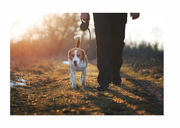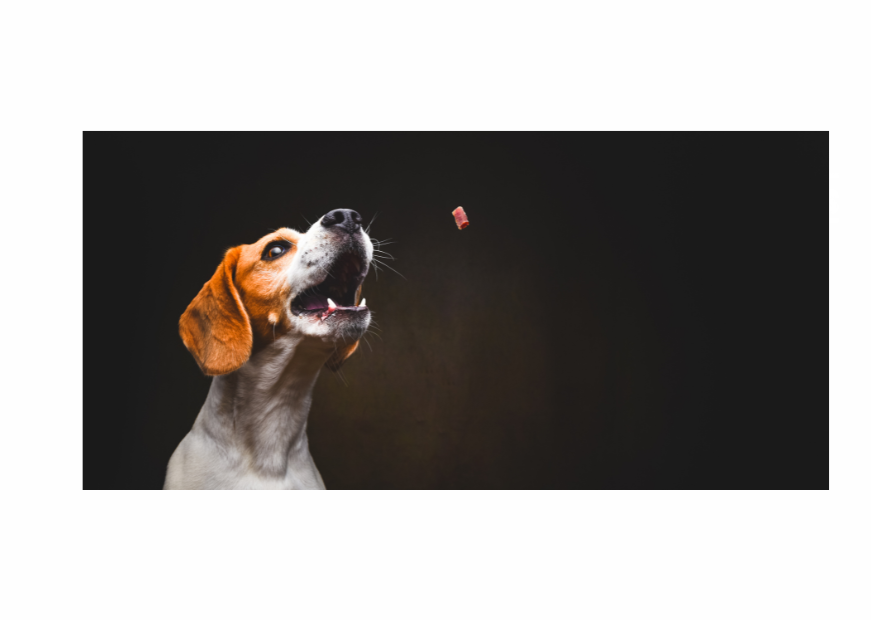Spring Adventures with Your Dog: A Guide to Enjoying the Outdoors and the Flowers You’ll See

How Can You Enjoy the Beauty of Spring Flowers with Your Dog?
As you wander outdoors, you’ll come across plenty of flowers that your dog will be curious of, so here are some blooms that are safe for your four-legged friend this Spring:
-
Dandelions: These cheerful yellow flowers are a favourite among dogs, and they’re completely harmless if your dog decides to sniff or nibble.
-
Sunflowers: These towering beauties are a sure sign of warmer weather. Your dog can enjoy these bright flowers without risk.
-
Pansies: Known for their friendly faces and wide range of colours, pansies are safe and fun for dogs to see (and maybe even sniff!).
-
Wildflowers: Many wildflowers, like clovers and daisies, are safe for dogs to enjoy. Just be mindful of any that may be mixed in with plants that aren’t as friendly.
Which Flowers Should You Watch Out for on Your Walks?
While most flowers are safe for your dog, there are a few that should raise red flags. Make sure to keep your dog away from the following:
-
Lilies: Gorgeous but toxic to dogs. If your dog eats any part of this plant, it can cause serious health issues.
-
Azaleas & Rhododendrons: These flowering shrubs are beautiful but contain toxins that can lead to gastrointestinal distress or more severe symptoms.
-
Daffodils & Tulips: Classic spring flowers that are poisonous to dogs if ingested. Keep your dog away from these bulbs.
-
Foxgloves & Deadly Nightshade: These plants contain toxins like cyanide and alkaloids that can cause severe poisoning.
How Can You Safely Explore the Outdoors with Your Dog?
When you’re out and about, keeping your dog safe while enjoying the beauty of spring is easy with a bit of planning:
-
Stick to Safe Paths: Keep your dog on well-travelled paths to avoid areas with potentially harmful plants.
-
Supervised Sniffing: Let your dog explore, but watch carefully to ensure they don’t get into trouble.
-
Fencing or Leashes: If you’re walking near gardens or areas with plants you’re not familiar with, keep your dog on a lead to prevent accidental plant munching.
How Can You Tell if Your Dog Has Encountered Something Dangerous?
Even with the best precautions, accidents can happen. If your dog does happen to nibble on something potentially harmful, here are some signs of poisoning to watch for:
-
Excessive drooling or mouth dryness
-
Vomiting or diarrhoea
-
Dilated pupils or lethargy
-
Muscle tremors or seizures
What Should You Do if Your Dog Eats a Toxic Plant?
If you suspect your dog has eaten something toxic, don’t wait. Here’s what you should do:
-
Contact Your Vet Immediately. If you’re unsure whether a plant is toxic, it’s always best to err on the side of caution.
-
Provide Information: Be ready to describe the plant and any symptoms your dog is showing to help the vet determine the best course of action.
Enjoy the fresh spring air, and don’t forget to stop and smell the (dog-friendly) flowers! 🌷













